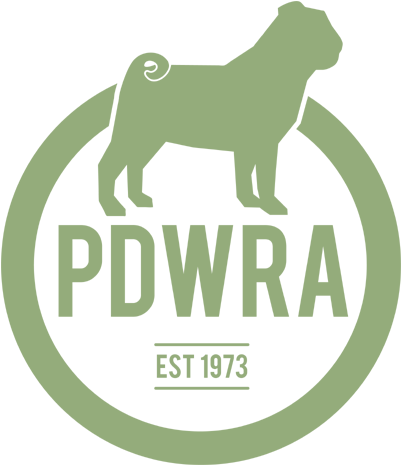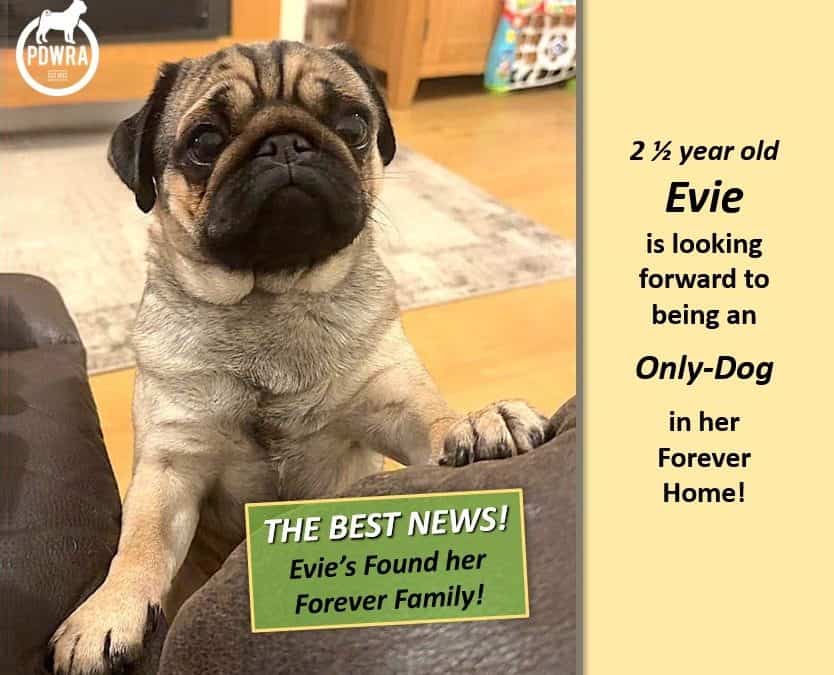
by Yasmin | 16 Mar, 2025 | Pug Home Appeal, Blog, News, Rescue Stories
👏 ** WONDERFUL NEWS: Evie has found her FOREVER FAMILY! ** 👏
**********
ORIGINAL APPEAL:
This is the lovely Evie. She’s 2 and a half years-old and looking for an experienced parent in a home with no other dogs or children.
We don’t believe Evie has had the best socialisation and can be extremely jealous of her human and over excitable around other dogs (and young children) though will calm down quickly.
If another dog starts coming near she has the urge to attack and barks at them. She reacts particularly towards larger dogs, which may stem from not getting on with one in her previous home.
She can also grumble at being picked up but less so as she gets used to you.
Her new parent will need to help Evie with her behaviour with the attention she needs for this.
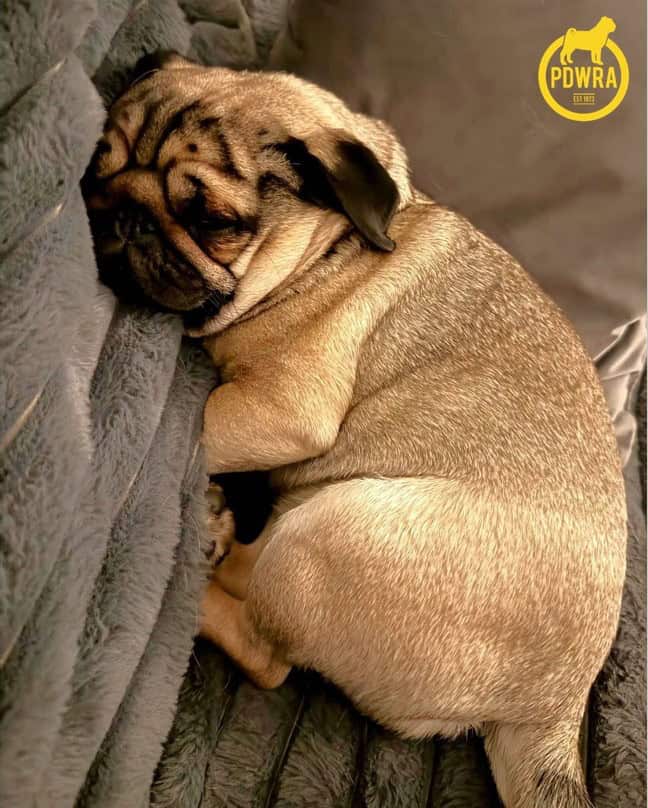
Evie is very affectionate too! She likes people, requires all the attention from her human, enjoys cuddles and sitting on laps. She follows the fosterer everywhere.
She gets very excited in the car as she knows she’s going on a walk. She enjoys these!
Evie is fully house-trained and good and obedient at feeding. She understands commands.
She would be ideal as a companion for someone at home that enjoys walking and can help to improve some of her behaviours.
Evie will be spayed next week while in foster so will be recovered and back to normal for her new home.
Could YOU & your home benefit from Evie’s companionship?
Please read our Guidelines for Adopting, at: https://pugwelfare-rescue.org.uk/adopting-a-pug/
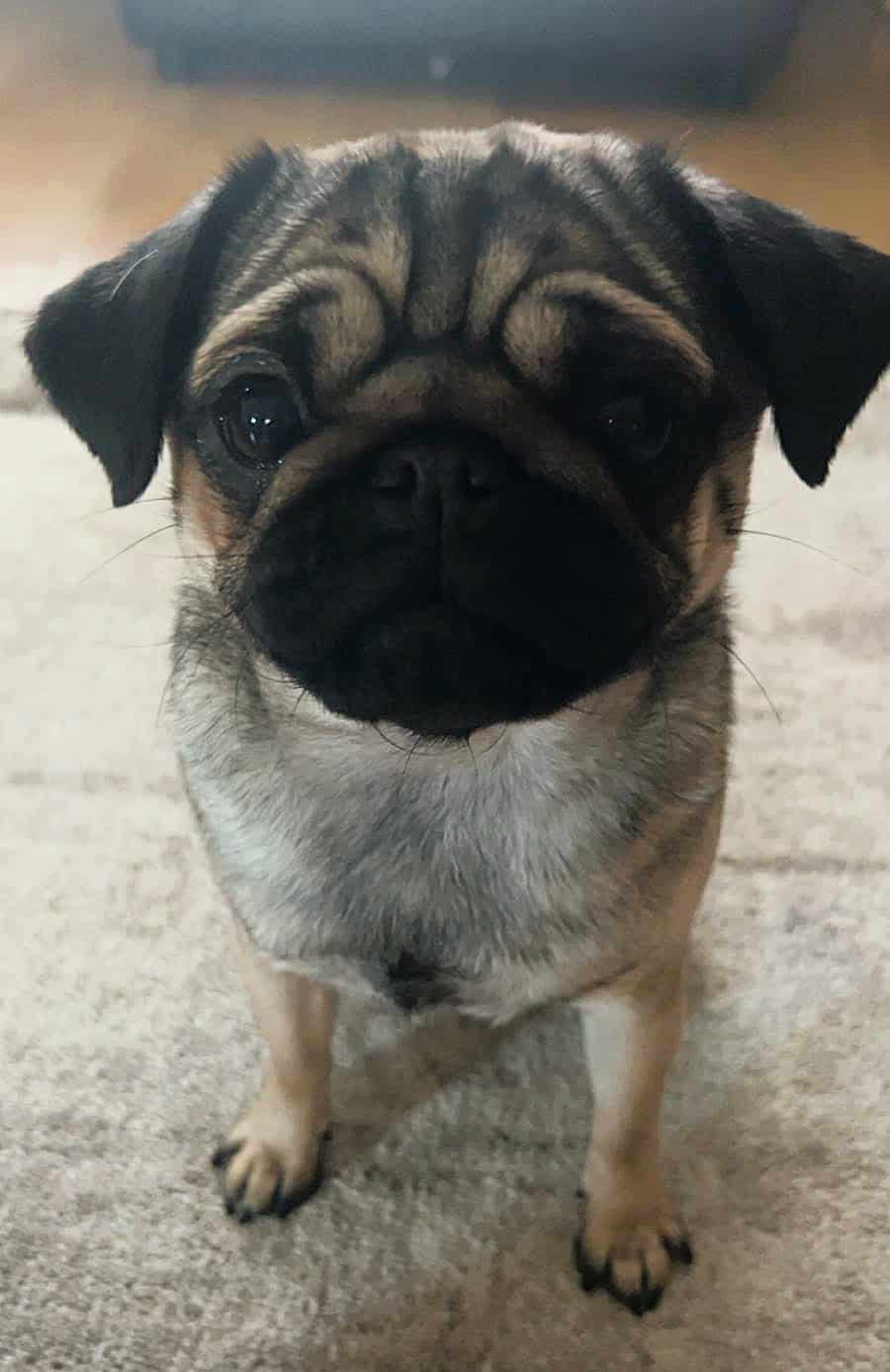
Thank you!
******
To see the difference adoption can make to your life and theirs, see some of our heart-warming Rescue & Adoption Stories, at:
https://pugwelfare-rescue.org.uk/category/rescue-stories/
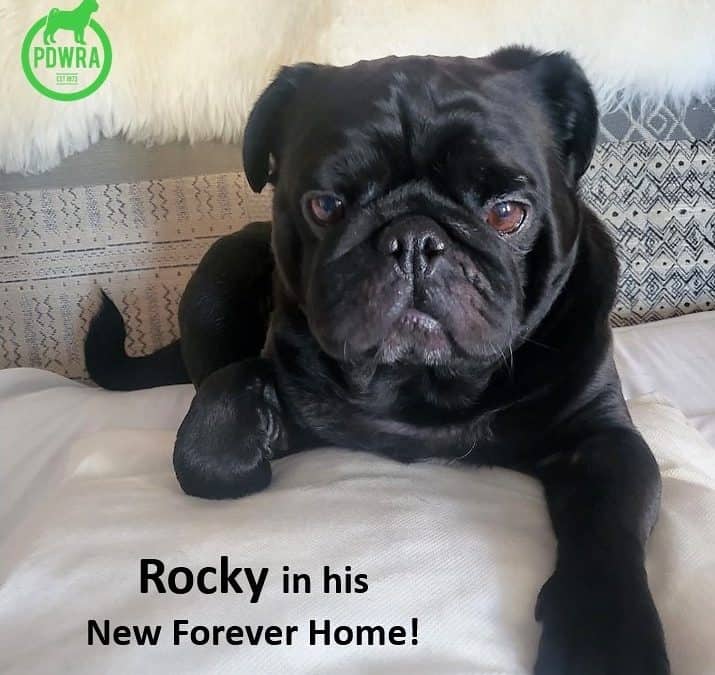
by Yasmin | 9 Mar, 2025 | Blog, Rescue Stories
We appealed for a Forever Home for Rocky who hadn’t enjoyed a lot of socialisation making him sensitive and reactive, and were lucky to find one so soon and that he’s more than thriving in already!
See Rocky’s appeal: Sensitive Rocky needs a Quiet Forever-Home! | The Pug Dog Welfare & Rescue Association

Rocky’s New Dad describes:
A Day in the Life of Rocky…. ♥❤
Rocky sleeps with us in a memory foam bed and takes up most of the room. He snores really loud but he wakes up as soon as I move.
At 7.30 am we get up and go in the garden to feed the birds, then Rocky has breakfast. We walk along the country road to see the llamas, then we run back. He is super-fast, but he loves to run.
Toy time starts immediately when he gets back. His toys are thrown all over the living room, followed by the zoomies!
Once he’s tired, it’s a massive drink of water followed by belly rub time and cuddle time on the couch with his electric blanket on number 2.
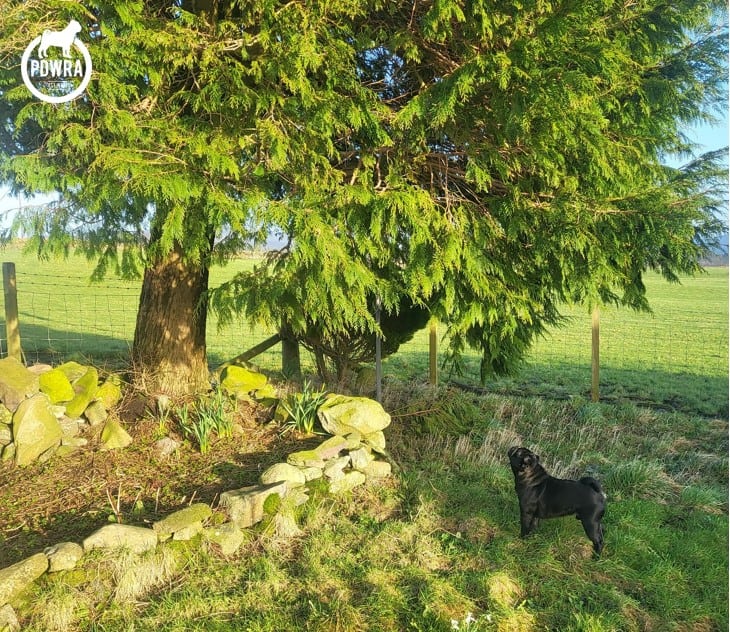
We go for a walk up to a nearby woodland around 12 where Rocky loves to bark. He loves the storms and is starting to respond really well to the local farm animals and wildlife, although he did scare the Minister’s wife on her cycle yesterday when she rode by. It was hilarious and I’m sure this will make an appearance in the next community newsletter. Our late boy Trevor used to do exactly the same.
Snack time as soon as we return home and Siesta time at 2.30pm until 4pm. Then we go on the back field for a run about, working on his recall. Chill time is followed by teatime at 6pm followed by a treat.
Evenings are chill out time, belly rub and cuddle time on the couch. Lots of barking in the garden, and bed time around 11pm. We sometimes see a wee glimmer of sadness hit him, due to his past trauma, but his days are mainly filled with happiness and love. He’s an important and loved member of our pack and he knows this.
We are sure his troubled heart will heal soon.
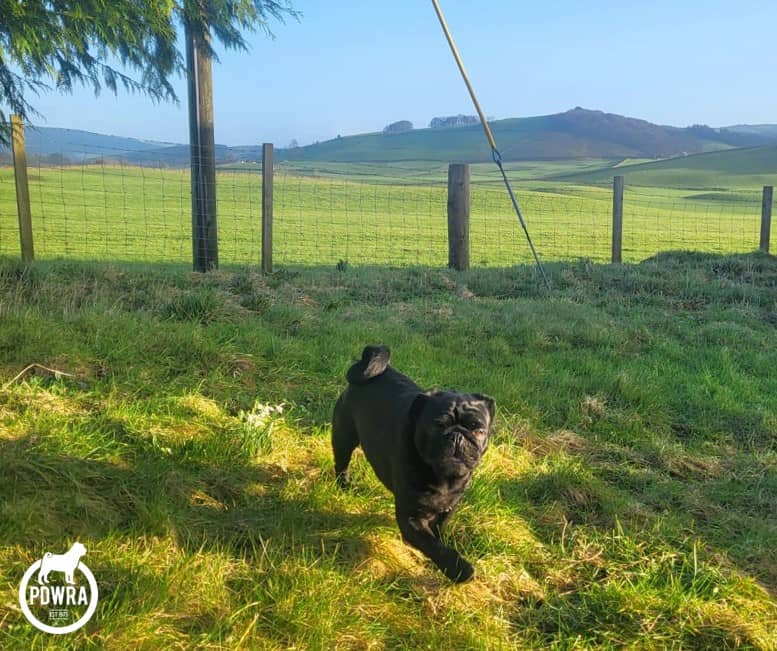
Rocky’s Proud Forever Parents!
PDWRA couldn’t be happier for such a match made in heaven for this lovely boy who didn’t have the best start in life, Rocky.
Thanks also to Lisa, his dedicated Rehoming Coordinator.
To see some of our other successful adoption stories, please go to:
Rescue Stories | The Pug Dog Welfare & Rescue Association
or
Blog | The Pug Dog Welfare & Rescue Association
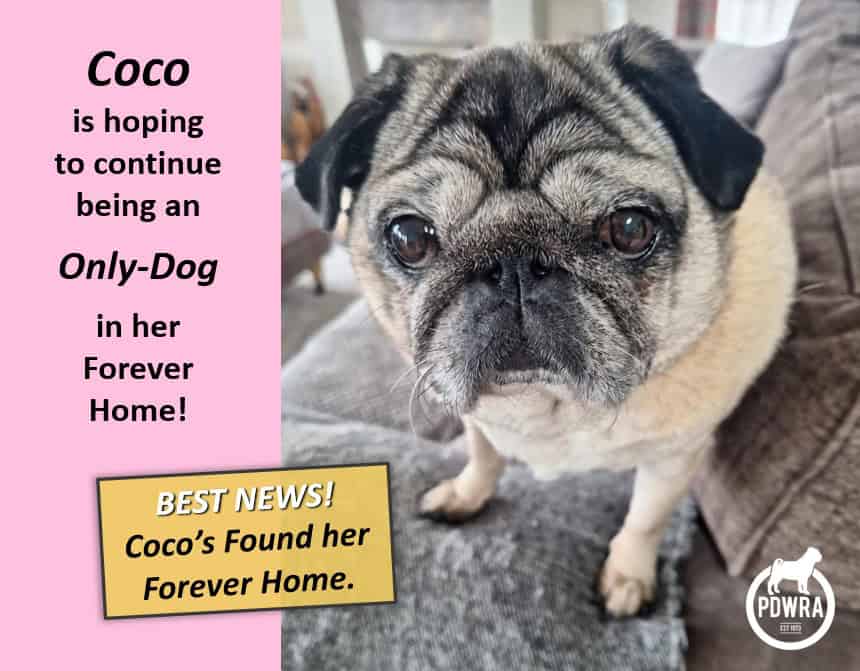
by Yasmin | 5 Mar, 2025 | Pug Home Appeal, Blog, News, Rescue Stories
👏 ** WONDERFUL NEWS UPDATE: Coco is moving to her PERFECT NEW HOME! ** 👏
**********
ORIGINAL APPEAL:
Nine year old Coco is looking to retire as an Only-Dog ideally, in her Forever Home.
She enjoys the company of adults and children, though would be best homed with older children if there are any in the home as Coco hasn’t lived with them before.
Although she is fine with dogs when out and about, she would love to live in a home as an only dog as this is the lifestyle she is familiar with.
She loves to get up close and personal, either around her human’s neck or on a lap.
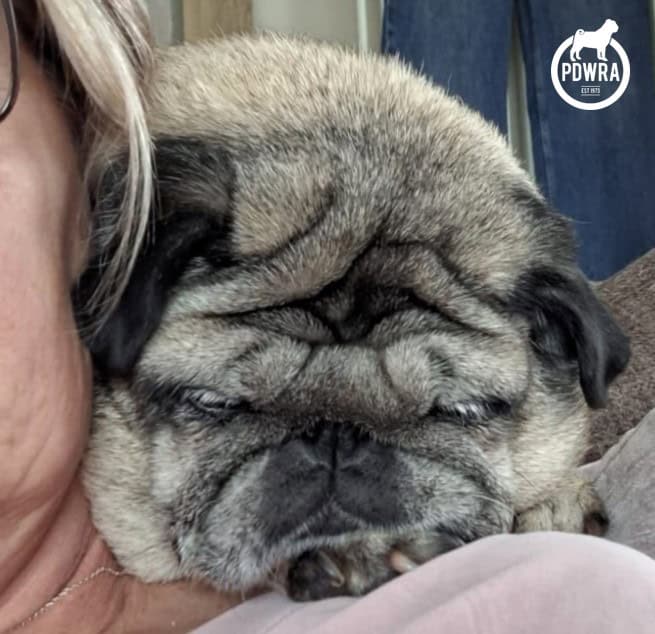
Coco makes it clear when she needs to go out, and when it’s meal times.
She will bark at sudden noises and alert you when someone is at the door. She may also bark in a bid to gain human food, but this is a habit she is slowing unlearning. Coco has started a journey and still has some extra weight to lose.
Coco enjoys her two daily walks. She’s fit enough and willing!
Look past the grumpy exterior of a senior lady, and Coco will make a wonderful, loving companion.
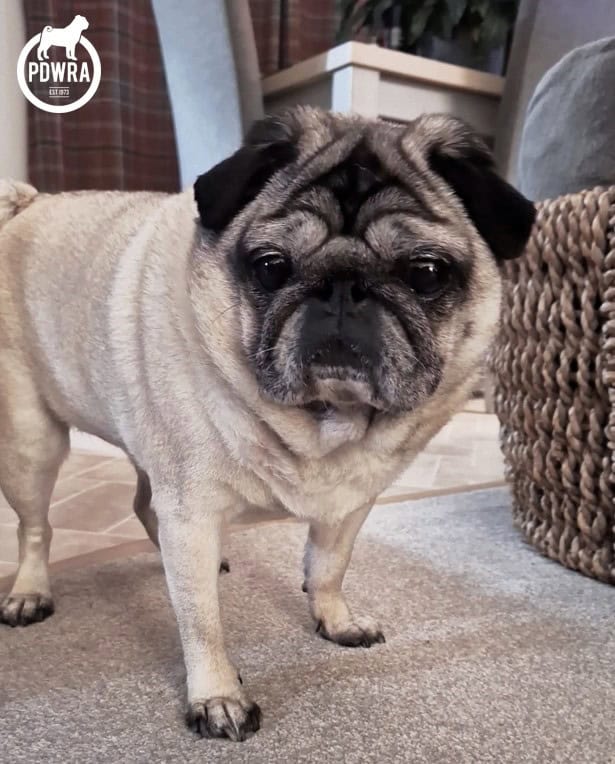
Could YOURS be the perfect home for the lovely Coco?
If you have any specific questions about her or to alert Jane, his Rehoming Coordinator of your application, please email: sw@nullpugwelfare-rescue.org.uk
Full details on how to apply for Coco, plus the online application form is at: https://pugwelfare-rescue.org.uk/adopting-a-pug/
Please reference: Coco 25025
Thank you!
To see the difference adoption can make, from a small selection of our Rescue & Adoption Stories, please see:
https://pugwelfare-rescue.org.uk/category/rescue-stories/
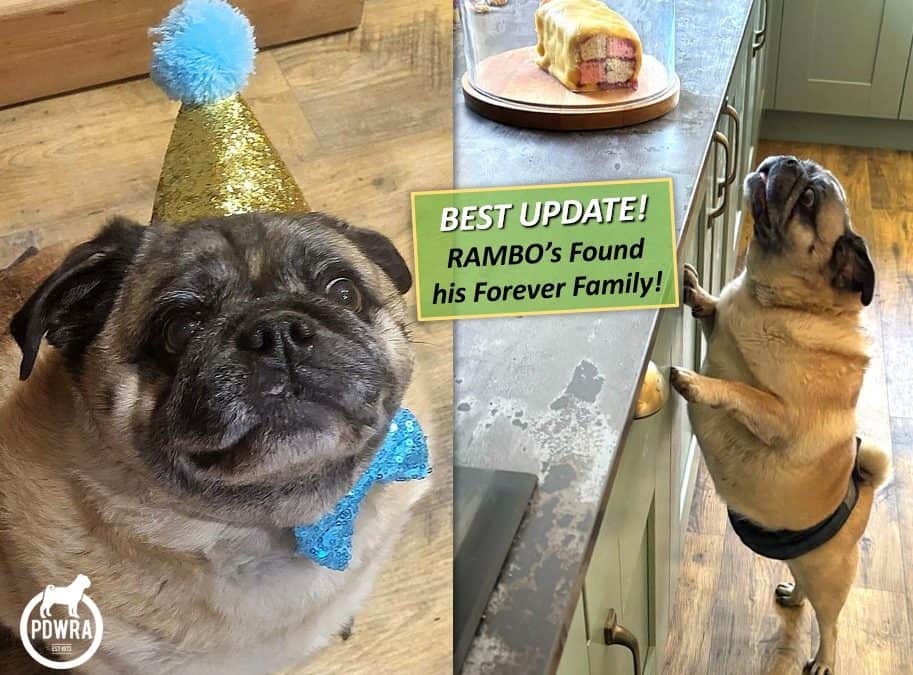
by Yasmin | 3 Mar, 2025 | Pug Home Appeal, Blog, News, Rescue Stories
👏 ** BEST NEWS UPDATE: Rambo has found his perfect NEW HOME! ** 👏
**********
ORIGINAL APPEAL:
Introducing 8 year old Rambo, who has been in foster with us and is ready for his Forever, Adoptive Home!
Could Rambo’s Home be Yours?
He can live with other kind & friendly dogs, and older children. He enjoys being made a fuss over, as he’s very loving though he does prefer to lie next to you rather than be a lap-pug!
Rambo is an extra large type of chap; in length, height and width, although he steadily developed a waistline while his poorly elderly Mum couldn’t keep up his usual routine. He’ll eat anything too which doesn’t help! ☺️
House training has also lapsed a little and is work in progress that we are sure will get back on track once in a routine again. He’s using a belly band in the interim. Patience and regular garden trips are needed.
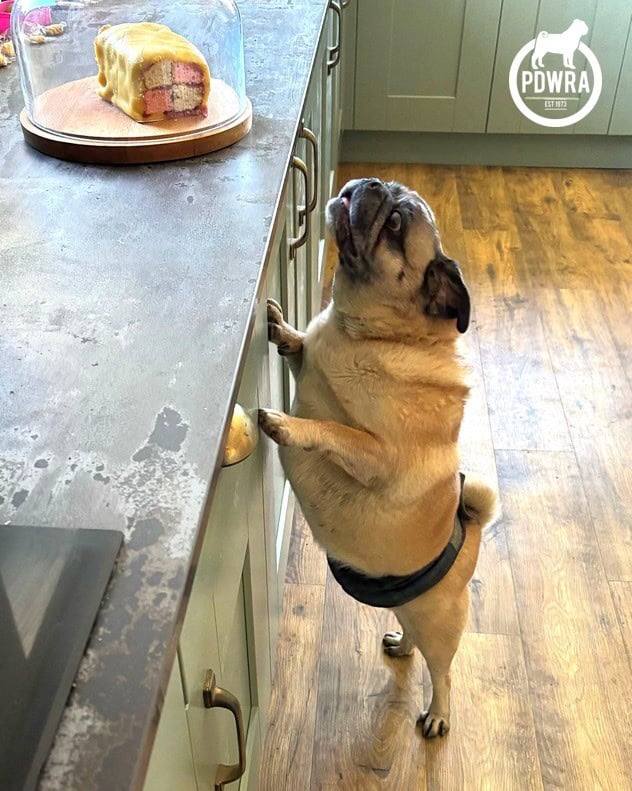
Rambo would love his person or family to be around a lot of the time. It was what he’s used to.
He relishes his walks, and is becoming fitter and fitter. He is the sweetest, funniest boy, who has a character you can’t fail to love.
Rambo’s general health is good. He gets anxious at the vets, but shows no aggression. He just becomes a bag of eels!
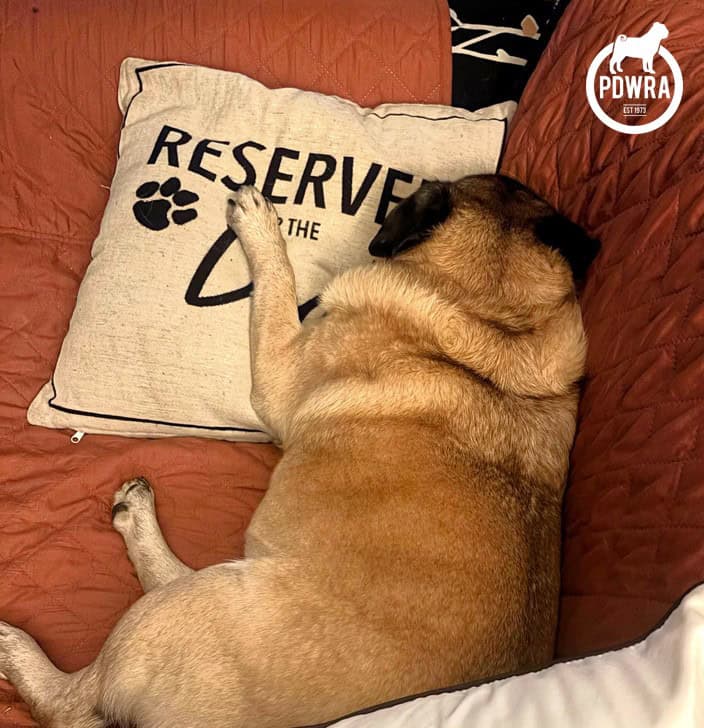
Could YOU offer this charmer his Forever Home?
He’s currently in foster in the South West of England.
If you have any specific questions about him or to alert Jane, his Rehoming Coordinator of your application, please email: sw@nullpugwelfare-rescue.org.uk
Full details on how to apply plus the online application form is at: https://pugwelfare-rescue.org.uk/adopting-a-pug/
Thank you!
You can also see the difference adoption can make, from a small selection of our Rescue & Adoption Stories at:
https://pugwelfare-rescue.org.uk/category/rescue-stories/

by Yasmin | 25 Feb, 2025 | Blog, Rescue Stories, In Memoriam
By Alison, Rodney’s Mum & Fundraiser for PDWRA.
20th December 2024
Sadly, on 19th December our little Rodney passed away peacefully. He would have been 9 years old a few days later.
Rodney came to us 3 years ago to the day as a Pug Dog Welfare and Rescue Association UK temporary foster boy, for a Christmas stay… We failed miserably at just fostering and he ended up staying with us.
He was a real Mummy’s boy and loved his adopted siblings, Ethel & Leonard. His best hobbies were eating carrots, playing with his large cuddly pumpkin and going out in his “Pug-Buggy” when his little wobbly legs could not carry him anymore.
Here’s Rodney helping with packing merchandise that I design to donate profits to PDWRA, taken a while ago.

Unfortunately, Rodney aged too soon. He had cataracts. His legs became too wobbly through his back problems and was losing control of his bowels.
He was using his pug buggy to go out and about with, which he really loved to do. He was a real Mummies boy.
Ethel and Leonard were quite depressed for about 2 weeks. He leaves a big hole…he was a little Character as are all Pugs!
Rodney’s Mummy, Alison.
******
To pay tribute to your sadly lost and beloved PDWRA pug on this, our dedicated In Memoriam web page:
https://pugwelfare-rescue.org.uk/category/in-memoriam/
please email your story, or whatever you would like to say about them, with photos,
to: yasmin.t.pdwra@nullgmail.com
















